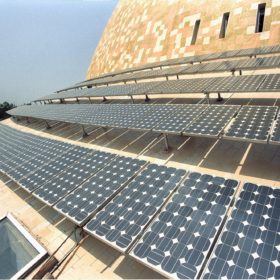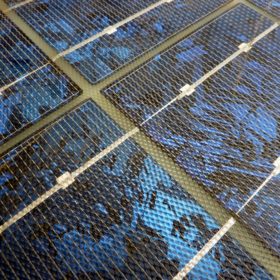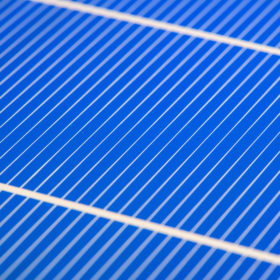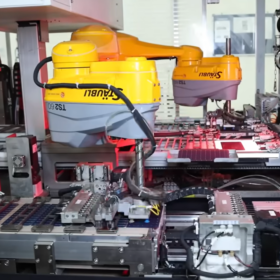Renewable capacity in India set to jump by 50% in 2019
India is set to add renewable energy capacity of 15,860 MW in 2019, a leap of 50% on the 10,560 MW installed last year. Around 70% – 10,902 MW – of the new capacity will come from utility-scale solar projects, according to Bridge To India analysts.
NSEFI proposes renewable energy export body
The National Solar Energy Federation of India submitted the proposal to the Commerce Ministry in December and expects approval for a Renewable Energy Export Promotion Council in the next few months.
Government moots list of approved PV models and manufacturers
Products and companies which fail to make the list will be excluded from a wide range of government-backed projects. The list is set to apply from the end of March 2020 but new tenders will incorporate listing requirements from now on.
The long read: Fit for the 21st century
Co-extruded backsheets are opening up novel circular possibilities for the solar industry, as well as driving durability and lowering costs, writes Netherlands-based materials specialist DSM.
Government again attempts to woo foreign manufacturers
Ministry of Science and Technology has reissued a plea for overseas solar companies to partner up with Indian concerns to kick-start production lines.
Double blow for SECI as mega tenders are met with apathy
Only three bidders have come forward for huge manufacturing-linked solar and solar-wind hybrid procurement exercises. The separate auctions – originally intended to drive 12.5 GW of new generation and 5 GW of manufacturing capacity – prompted figures of just 3.05 GW and 600 MW, respectively.
Fears 10 GW solar tender will be scrapped
The Solar Energy Corporation of India’s (SECI) much-hyped 10 GW manufacturing-linked tender, which has already been postponed six times, received a very tepid response on Monday, the last submission date.
Indian PV procurement leapt to 3 GW in October figures
Developers gave short shrift to gloomy predictions about depreciation, protectionism and tax headwinds as tendering and auction figures soared, but they shied away from the tough price caps set for SECI’s procurement exercises.
Hits and misses among latest 10 GW solar tender amendments
While the timelines for PV power plant execution and completion of manufacturing facilities are now more realistic, production obligations – especially for capacity utilization – need to be revisited.
India powers ahead as Asia set for 355 GW of PV by 2023
Despite political hurdles in key markets including China and Japan, Asia remains highly active. This year, 59 GW of solar is expected to be installed and due to further system price declines, a phase-out of subsidy schemes can be offset.













